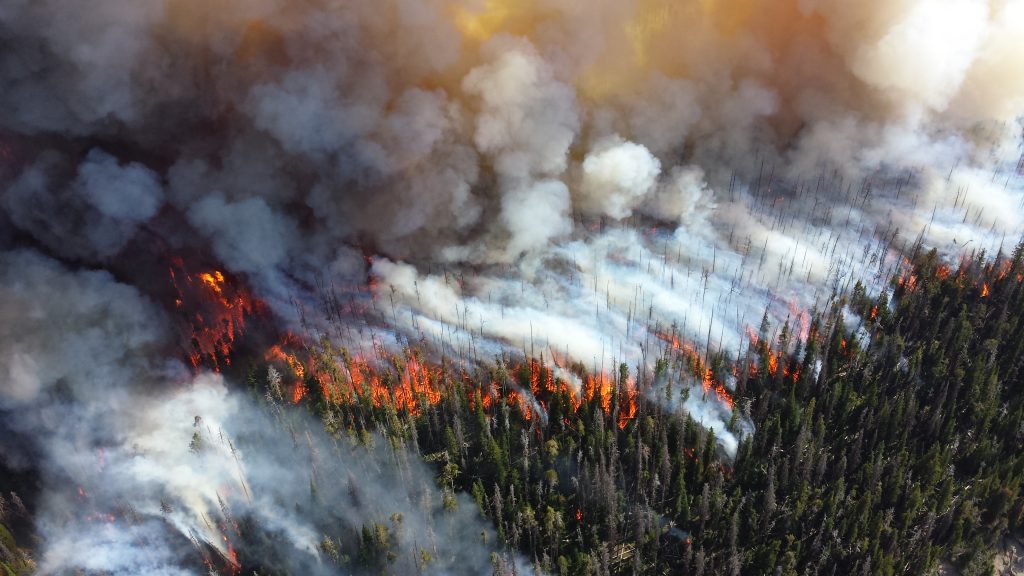Contribution of cloud analysis from space technology to climate research

Clouds have a significant effect on the weather as well as Earth’s climate, playing an important role in the estimations of a changing climate. Clouds reduce the amount of incoming solar radiation, without which the temperature on Earth would be even warmer than it is today. Satellite data can be utilised to study clouds and their positive contribution to the climate crisis.
Cloud cover is an integral part of the complex system that regulates the Earth’s temperature. Radiation from the Sun is deflected by atmospheric cloud cover, all the while absorbing radiation emitted by the Earth and preventing it from moving higher through the atmosphere and into Space. Though the retention of this heat assists in the warming of the atmosphere, the cooling effects of cloud cover has a great impact on the Earth.
Satellites can be used to identify cloud cover by comparing how clouds reflect sunlight and heat emitted from the Earth, with how land and sea surfaces appear in satellite imagery. Determining what is and is not cloud cover through a satellite image can be relatively difficult, however, through the analysis of additional satellite data, an image can be created that confirms the probability of cloud cover over a specific area.
The development of the current climate and how it is impacted by human activity, can be better explored through a heightened study of climate models. The impact of cloud cover on the climate is one of the most ambiguous variables across climate models, and the predictions that can be drawn from these models.
Clouds are integral to both the cooling and warming of the Earth, as two thirds of the Earth is always shaded by cloud cover. Clouds are an essential part of the water cycle, providing a connection between the snow and the rain, animals and plants, and oceans and lakes.
Cloud cover that lies within a mile of the Earth’s surface act as more of a cooling agent than they do a warming one. This is due to the fact that lower and thicker clouds predominantly reflect heat radiated from the Sun, and therefore cooling the Earth’s surface. Clouds that sit higher up in Earth’s atmosphere tend to provide the opposite effect, predominantly warming the Earth. This is due to the that higher and thinner clouds absorb heat radiated from the Sun, therefore warming the Earth’s surface.
Just as cloud cover affects global warming and climate change, changes in the climate also affects the clouds. This relationship is often referred to as cloud-climate feedback and is highly regarded as one of the most difficult areas of research in relation to the Earth’s climate.
References
1. Climate Kids (2021), How Do Clouds Affect Earth’s Climate?
2. Department of Meteorology (2019), New research on how clouds affect the climate
3. SMHI (2016), Cloud analysis from satellite data is an important contribution to climate research



